
LENEHAN AUDIO ML1
They might look small, but they’re a two-man lift.
Text: Andy Stewart
Hand made in Queensland by long-time audiophile speaker designer, Dave Lenehan, the passive two-way ML1s are accurate, balanced and superbly constructed monitors.
Weighing in at a hefty 11kgs each (without on-board amps), the ML1s are nuggety little individuals indeed, made from heavily braced 18mm HD3 epoxy resin/hardwood composite, glued together with marine (i.e. waterproof) two-pack epoxy. Possessing a mass 1.6 times that of MDF, the HD3 composite timber serves to improve cabinet rigidity and thus reduce ‘ringing’, which elevates the accuracy and responsiveness of the components housed within. The result is a highly detailed stereo image that appears to emanate from a cabinet with no inherent ‘sound’ of its own.
As Dave Lenehan was keen to point out, during the design phase: “two ML1s were identically constructed out of 18mm MDF and HD3, and the difference in the sound was chalk and cheese!” The MDF version apparently sounded “glazed, slow and blurred,” with a “humming” midrange, while the HD3 variety was “jetfighter fast and utterly free of unwanted resonance.” I wish I could have heard these differences for myself.
THE INS & OUTS
The Lenehan ML1s contain a 51/2-inch Nomex driver, a one-inch soft dome tweeter and a custom-tuned crossover. The result is an articulate and unflattering nearfield monitor that encourages good mixing, rather than rewarding mediocrity: there’s no bass boost or glamorous top-end shelving to save your arse here, just a mercilessly accurate replay system. How good your mixes sound through these speakers is entirely up to you.
AP VS PA
In a lengthy conversation with Dave Lenehan over the design philosophy of the ML1s (which included a long and unresolved discussion about the difference between ‘pro-audio guys’ and ‘audiophiles’ – where I initially defended the pro audio camp, before finally realising the conversation was endless), it became abundantly clear that the main sonic aims of the ML1s were tonal ‘flatness’ and the ‘accurate representation of acoustic instruments’. To this end the speakers are a success: extremely detailed in the stereo image and well balanced.
There are several features that separate the ML1s from the herd. The first and most obvious of these is the passive design approach (no amps). Fashion and conformity has lead much of the pro audio market to swallow active monitor designs almost whole in the last decade, but like the vast majority of audiophile speakers, the Lenehan approach is staunchly passive. Without active crossovers to manipulate, the ability of the designer to hype the tone of the speaker beyond the physical capabilities of the cabinet remains limited – just how Mike Lenehan likes it.
ACCURACY MADE TO MEASURE
The ML1s are all about achieving tonal balance across a wide frequency range without the use of active ‘trickery’, and here they succeed well. The passive design also has the added advantage of allowing you to choose your own amps, rather than have them foisted upon you – one of the crucial aspects of active speaker design that often lets the side down. This may also potentially resuscitate the usefulness of that quality amp you may have lying neglected in the corner – I know it did during the review. It also lessens the overall cost of the speakers considerably, should you have an amp waiting patiently in the wings. (To that end the speakers require an amplifier with a recommended rating of between 20 and 200W).
Beyond the quality components and heavy-duty cabinet of the ML1, other design characteristics include a relatively large port, which is rear firing, specifically in order to harmlessly dissipate any distorted midrange that may creep in and colour the otherwise pristine signal. Brass screws around the speaker components reportedly improve the performance significantly, although I wasn’t inclined to replace them with standard metal screws to determine whether this makes any substantial difference – they’re used for good reason apparently and I have no specific cause to doubt it. Certainly, these screws can be a little visually distracting close up when the speakers are mounted in a conventional nearfield arrangement. However, if you don’t like the look of them, the ML1s also come with quality covers that attach to the front of the cabinets via invisible recessed magnets – a classy and surprising design feature. I was initially confounded as to how these covers would attach, but when I laid them close in my quizzical efforts to work it out, magnetism took over and they snapped perfectly into position, down to the millimetre. Like all covers, these have a tendency to mask the high-end ever so slightly, but the difference is negligible.
The final components that are a pleasure to deal with on the outside of the cabinet – indeed they’re the only components you can interact with – are the Eichmann ‘cable pod’ binding posts, which accept spade, banana plug or bare wire connections. They’re all class and easier to manage than vegemite on toast.
LENEHAN PEACE CONFERENCE
It’s not often that the audiophile and pro audio worlds meets in the same room, and when they do, fur typically flies. The two camps seem to bitch and moan about one another like jealous cousins. With the ML1 on the scene maybe there will finally be some common ground on which the rival camps can agree. It’s a mystery to me why the two seem so intolerant of one another… maybe they simply see too much of themselves in the other. That’s usually how it works isn’t it?
The ML1s are surprising not only for where they’ve originated, but how they’re relevant to studio tasks. Have a listen to them if you can and decide for yourself.


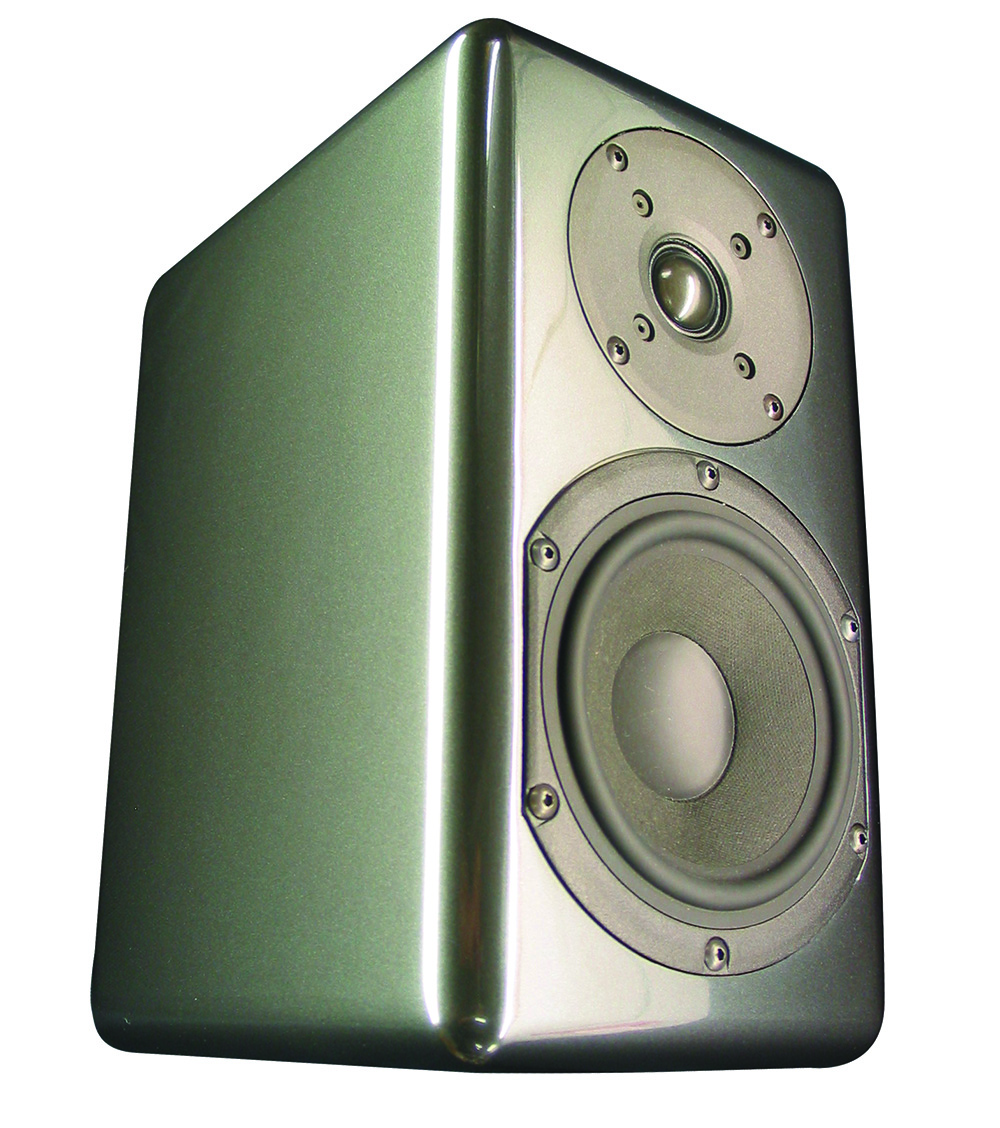
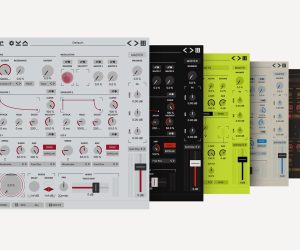
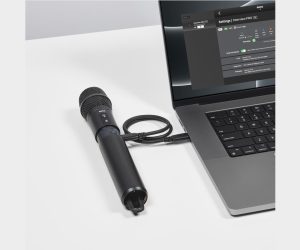
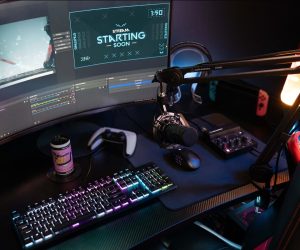

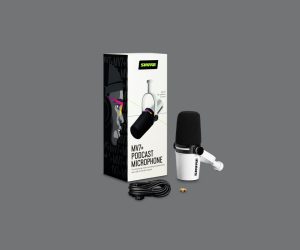
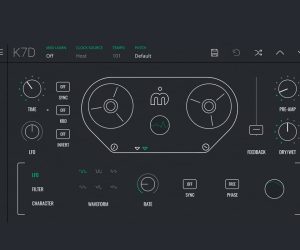
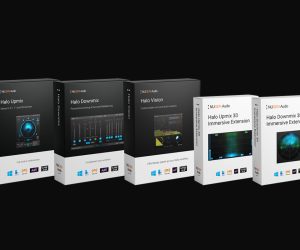

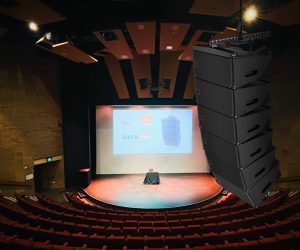





RESPONSES